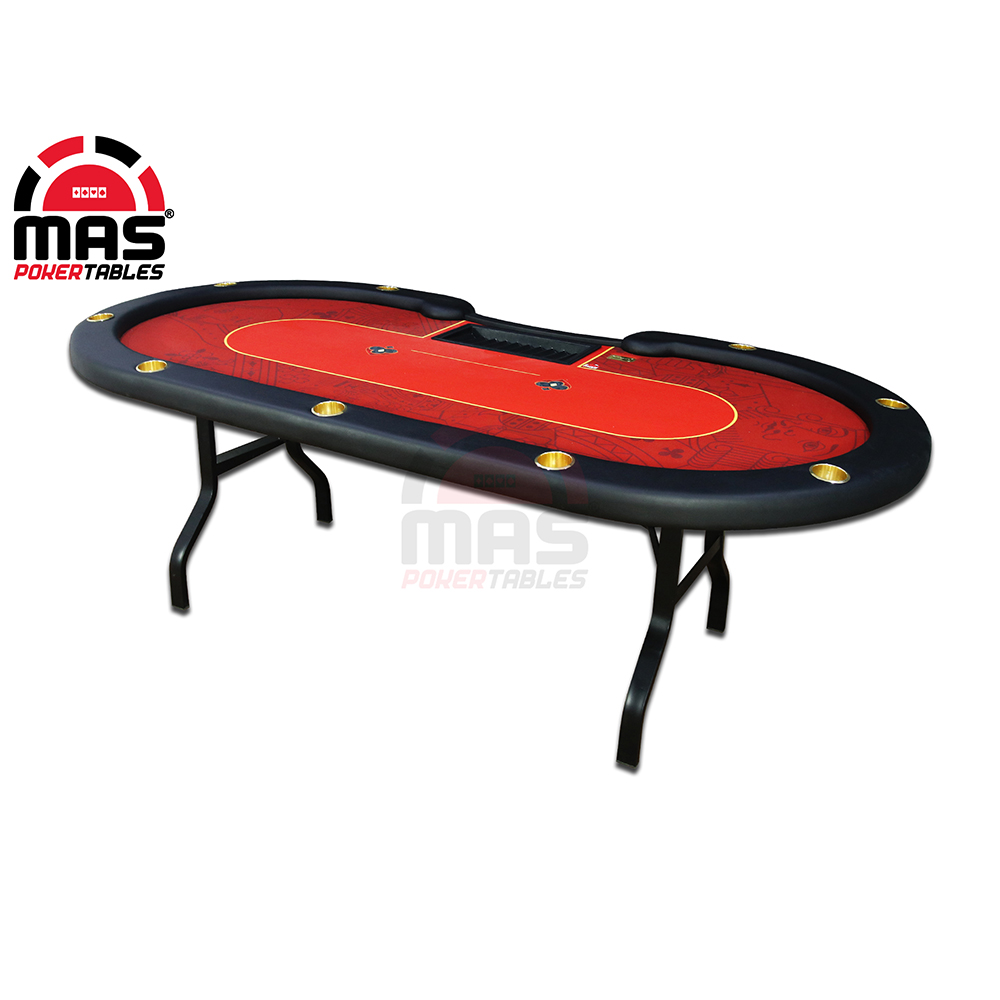Content

In the second instance, a decrease in deferred revenue means that some revenue would have been reported on the income statement that was collected in a previous period. To reconcile net income to cash flow from operating activities, subtract decreases in current liabilities. For example, the statement may include line items for changes in the ending balance of accounts receivable, inventory, and accounts payable. The intent is to convert the entity’s net income derived under the accrual basis of accounting to cash flows from operating activities. The statement of cash flows prepared using the indirect method adjusts net income for the changes in balance sheet accounts to calculate the cash from operating activities. In other words, changes in asset and liability accounts that affect cash balances throughout the year are added to or subtracted from net income at the end of the period to arrive at the operating cash flow.
The indirect method reconciles the net income with the net cash flow from operating activities. The following sections discuss specifics regarding preparation of these two nonoperating sections, as well as notations about disclosure of long-term noncash investing and/or financing activities. Increases in current assets indicate a decrease in cash, because either (1) cash was paid to generate another current asset, such as inventory, or (2) revenue was accrued, but not yet collected, such as accounts receivable. In the first scenario, the use of cash to increase the current assets is not reflected in the net income reported on the income statement.
What is the Indirect Method for Cash Flow Statements?
For most small businesses, Operating Activities will include most of your cash flow. If you run a pizza shop, it’s the cash you spend on ingredients and labor, and the cash you earn from selling pies. If you’re a registered massage therapist, Operating Activities is where you see your earned cash from giving massages, and the cash you spend on rent and utilities. While income statements are excellent for showing you how much money you’ve spent and earned, they don’t necessarily tell you how much cash you have on hand for a specific period of time. The cash flow statement is the only one out of the three main financial statements that has multiple ways you can prepare it. Since the method isn’t directly calculating the net cash flow using the actual cash transactions during the period, the indirect method may not properly account for the timing of such outflows and inflows.
The sole noncash expense on Propensity Company’s income statement, which must be added back, is the depreciation expense of $14,400. On Propensity’s statement of cash flows, this amount is shown in the Cash Flows from Operating Activities section as an adjustment to reconcile net income to net cash flow from operating activities. The indirect method also has some disadvantages compared to https://www.bookstime.com/articles/gross-vs-net the direct method. First, it is less intuitive and clear, as it does not show the actual cash inflows and outflows from operating activities, which are essential for cash flow forecasting and management. Second, it is less detailed and informative, as it does not provide the breakdown of the cash flows from each category, such as cash received from customers or cash paid to suppliers.
How to identify direct and indirect method of cash flow statement?
For investors, the CFS reflects a company’s financial health, since typically the more cash that’s available for business operations, the better. Sometimes, a negative cash flow results from a company’s growth strategy in the form of expanding its operations. The direct method adds up all of the cash payments and receipts, including cash paid to suppliers, cash receipts from customers, and cash paid out in salaries.
Cash generated from operations is adjusted with the changes in working capital. Keep in mind that while working out the ‘working capital’, accruals relating to interest, income tax and dividends are not taken into account. Using the differences we laid out here between direct vs indirect cash flow statements, hopefully you have a better idea of when each method is more appropriate, and what the potential advantages and drawbacks are of each. Thus, many indirect method cash flow companies will choose to only utilize the indirect method to save their team the time of having to prepare the cash flow statement using both methods. The indirect method lacks such deep insights since the net cash flow metric is indirectly calculated from the other financial statements. As the name would suggest, the direct method (sometimes referred to as the income statement method) takes a direct approach to building the cash flow statement.
Financing activities
You also need to list any investments, such as new purchases and the sale of certain assets. You may need to include information such as a company purchasing new equipment or other assets. A cash flow statement using the indirect method differs from the direct method of preparing a cash flow statement. There are many advantages to preparing a cash flow statement using the indirect method.

Propensity Company had a decrease of $1,800 in the current operating liability for accounts payable. The fact that the payable decreased indicates that Propensity paid enough payments during the period to keep up with new charges, and also to pay down on amounts payable from previous periods. Therefore, the company had to have paid more in cash payments than the amounts shown as expense on the Income Statements, which means net cash flow from operating activities is lower than the related net income. The operating activities cash flow is based on the company’s net income, with adjustments for items that affect cash differently than they affect net income.
You can use this information to calculate the net change in cash and cash equivalents. Doing this allows you to adjust accounting figures in the net income statement that do not impact cash flow. An increase in any prepaid expense shows that more of the asset was acquired during the year than was consumed. This additional purchase requires the use of cash; thus, the balance is lowered. The increase in prepaid rent necessitates a $4,000 subtraction in the operating activity cash flow computation.
It can be hard to track down and tally what’s been paid and what hasn’t, meaning it doesn’t always accurately represent a business’s cash on hand. Moreover, because all cash flow statements are typically calculated over a quarter or fiscal year, they only provide a limited snapshot of a company’s financial health, making it challenging to draw longer-term conclusions. Increases in net cash flow from investing usually arise from the sale of long-term assets.
The income statement is full of arcane line items calculated on an accrual basis, and the balance sheet can be boiled down to a simple chart of accounts with no explanation of what caused the change in each account. The indirect method of the cash flow statement attempts to revert the record to the cash method to depict actual cash inflows and outflows during the period. In this example, at the time of sale, a debit would have been made to accounts receivable and a credit to sales revenue in the amount of $500.
If your team hasn’t prepared a direct method cash flow statement in years but has 10+ years of experience using the indirect method, this is likely the better choice. As we discussed above, the direct method offers great granularity and detail about what activities are contributing to the business’s net cash flows. Since the direct method simply utilizes all cash-based transactions to prepare the operating cash flow section, the calculations are simple, straightforward, and easy to follow. The indirect method backs into the net operating cash flow value using the calculated net income and non-cash adjustments, so there is more room for errors and redundancies.














